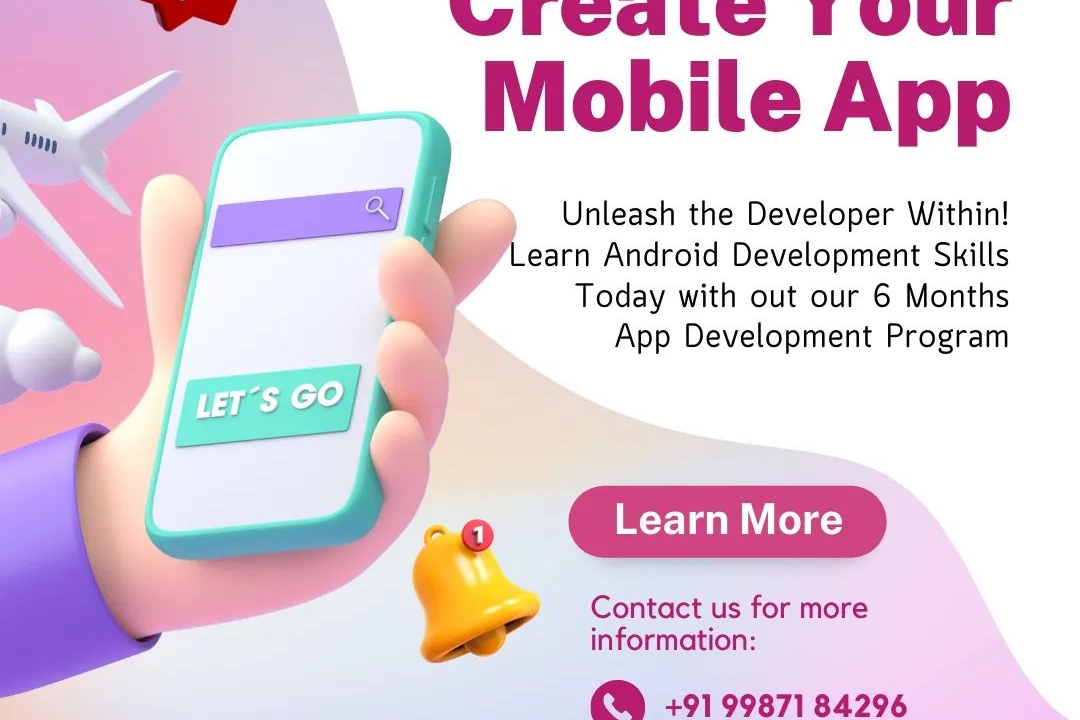Flutter User Interface Features
Exploring Key User Interface Features of Flutter
Flutter User Interface Features
Flutter offers a rich set of user interface features that enable developers to build natively compiled applications for mobile, web, and desktop from a single codebase. Its core strength lies in its widget-based architecture, where everything is a widget, from buttons to complex layouts, allowing for high customization and responsiveness. The Flutter framework provides a vast array of pre-designed widgets, along with powerful layout options such as Flex, Grid, and Stack, which make it easy to create adaptive and visually appealing user interfaces. Furthermore, Flutter supports hot reload, allowing developers to see changes in real-time during development, significantly enhancing productivity. With support for Material Design and Cupertino widgets, developers can ensure their applications maintain a native look and feel across different platforms. Coupled with seamless animations and transitions, Flutter empowers developers to create engaging and dynamic user experiences.
To Download Our Brochure: https://www.justacademy.co/download-brochure-for-free
Message us for more information: +91 9987184296
1 - Rich Set of Widgets: Flutter offers a comprehensive library of pre designed widgets that adhere to Material Design and Cupertino styles, enabling developers to create visually appealing interfaces easily.
2) Fast Development with Hot Reload: Changes in the code can be instantly reflected on the simulator or device without losing the current application state, significantly speeding up the development process.
3) Customizable Widgets: Nearly all widgets in Flutter are customizable. Developers can modify attributes such as color, size, and shape to create unique user interfaces tailored to their requirements.
4) Responsive Design: Flutter supports responsive layout techniques that allow applications to adapt to different screen sizes and orientations, making it suitable for various devices.
5) Flexible Layout System: The layout system in Flutter is based on a flexible and composable widget structure, which allows for dynamic UI designs through parent child relationships.
6) Animations and Transitions: Flutter provides rich support for animations, allowing developers to use predefined animations or create custom animations for transitions between widgets, enhancing user experience.
7) Theming and Styling: Developers can create and apply custom themes to ensure consistent styling across the application, easily changing colors, fonts, and shapes to suit the brand identity.
8) Gesture Recognition: Flutter enables developers to handle various user inputs through gesture detection. This includes taps, drags, and multi touch, allowing for rich interaction patterns.
9) Material and Cupertino Widgets: With dedicated widgets for both Material Design (Android) and Cupertino (iOS), developers can create native looking apps for both platforms from a single codebase.
10) Accessibility Features: Flutter includes built in accessibility features, allowing developers to make applications usable for people with disabilities, through features like screen readers and keyboard navigation.
11) Layered Architecture: The use of a layered architecture in Flutter allows for UI rendering on a canvas, which provides great flexibility in how the UI is rendered, hence supporting custom UI designs.
12) Text and Typography: Flutter offers extensive support for custom text and typography, enabling developers to utilize custom fonts and styles to enhance readability and aesthetics.
13) State Management Solutions: Flutter supports various state management solutions (like Provider, Riverpod, Bloc, etc.) that help manage app state effectively while keeping the UI responsive.
14) Internationalization and Localization: Flutter facilitates internationalization (i18n) and localization (l10n), helping developers create apps that can support multiple languages and regions easily.
15) Built in Widgets for Complex UI: Flutter includes specialized widgets like ListView, GridView, and Stack, allowing developers to build complex layouts and manage large sets of data effortlessly.
16) Overflow Control: Flutter provides widgets like SingleChildScrollView and ListView, which help manage overflow scenarios where content goes beyond the screen limits, ensuring a smooth user experience.
17) Integration with Backend Services: Flutter supports easy integration with cloud based services and REST APIs, enabling dynamic data driven UI development that interacts seamlessly with backend systems.
18) Support for Device Features: Through platform channels, Flutter can access native features of devices (like camera, GPS, etc.), allowing developers to incorporate advanced functionalities into their apps.
Incorporating these features into a training program will equip students with the knowledge and skills necessary to leverage Flutter for building powerful, modern applications.
Browse our course links : https://www.justacademy.co/all-courses
To Join our FREE DEMO Session: Click Here
Contact Us for more info:
salesforce training beginner
Mobile App Development London
pmi agile training
Angular DART
Flutter Training in Rudrapur











